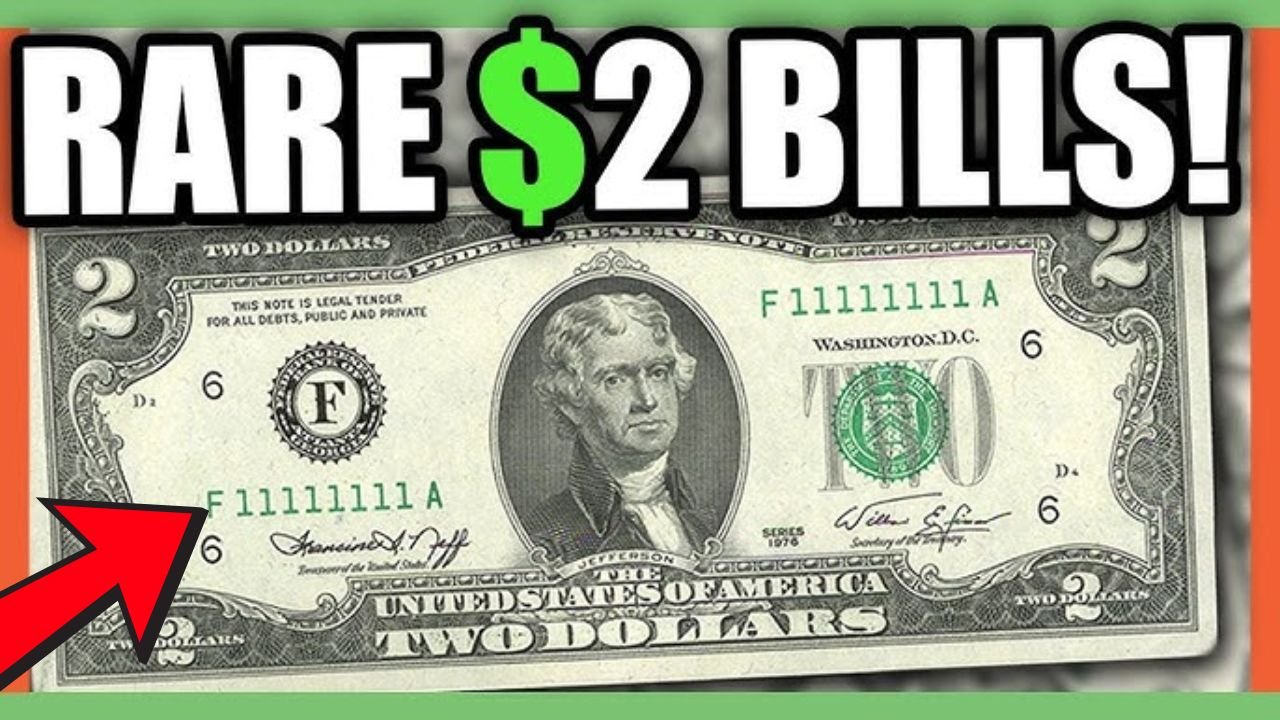A Hidden Treasure in Your Wallet?
Imagine finding a $10 bill in your pocket that’s worth almost $100,000! That’s exactly what happened when a rare $10 bill with a “ladder” serial number sold for a jaw-dropping $96,000 at a recent auction. A ladder serial number is when the digits go in order, like 12345678 or 87654321. These bills are super rare and highly sought after by collectors. This particular bill, a 1969 series $10 note, caught the attention of currency enthusiasts because of its perfect ascending ladder serial number, making it a one-in-a-million find.
What Makes Ladder Bills So Special?
Ladder serial numbers are a big deal in the world of currency collecting. Out of billions of bills printed, only a tiny fraction have these unique sequential numbers. Collectors call them “fancy” serial numbers, and ladder bills are among the rarest. According to experts, less than 0.001% of all U.S. bills have a ladder serial number. This scarcity drives up their value, especially for bills in crisp, uncirculated condition like the one sold. The $10 bill’s near-perfect state and its rare serial number made it a must-have for serious collectors.
| Feature | Details |
|---|---|
| Bill Denomination | $10 |
| Series | 1969 |
| Serial Number Type | Ladder (e.g., 12345678) |
| Auction Sale Price | $96,000 |
| Condition | Uncirculated |
The Auction That Shocked Collectors
The auction, held by a well-known currency dealer, saw fierce bidding from collectors across the country. The $10 bill started with a modest opening bid but quickly skyrocketed as bidders recognized its rarity. By the time the gavel fell, the price had climbed to $96,000, leaving many stunned. Auctioneers said the bill’s pristine condition and perfect ladder sequence made it a “holy grail” for collectors. Stories like this remind everyday people to check their cash—you never know what treasure might be hiding in plain sight!
Why Collectors Go Crazy for Rare Bills
Currency collecting, also called numismatics, is a hobby where people hunt for unique bills and coins. Ladder serial numbers are a favorite because they’re so hard to find. Other fancy serial numbers, like repeating digits (e.g., 11111111) or palindromes (e.g., 1234321), also fetch high prices, but ladders are the gold standard. Collectors are willing to pay big bucks because these bills are like pieces of art—unique, beautiful, and rare. The $10 bill’s massive sale price shows just how much passion drives this niche hobby.
Could You Have a Valuable Bill?
This big sale has sparked a wave of excitement, with people digging through their wallets to check for rare serial numbers. Experts suggest looking at the serial number on your bills—those green digits on the front. If you spot a ladder or other fancy pattern, it could be worth more than face value. But condition matters too; worn or damaged bills are less valuable. If you think you’ve got something special, contact a professional appraiser or check with a currency dealer to see if you’re sitting on a small fortune.
The Future of Rare Currency
The $96,000 sale of this $10 bill proves that rare currency is more than just pocket change—it’s an investment. As fewer bills are printed with unique serial numbers, their value is likely to keep climbing. Collectors and investors are already buzzing about the next big find. Whether you’re a seasoned collector or just someone with a few bucks in your pocket, this story is a reminder to take a second look at your money. Who knows? Your next $10 bill could be worth a whole lot more than a cup of coffee!

